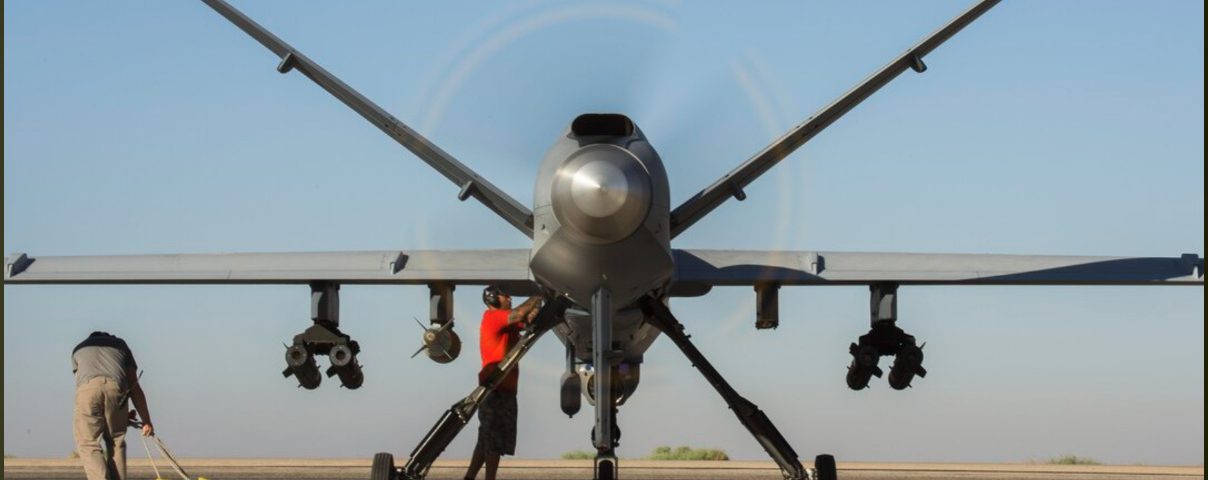by Ann Wright, published on Popular Resistance, March 27 2021
A Chinese military takeover of Taiwan is the top U.S. concern in Asia and the Pacific, according to the admiral nominated to lead the U.S. military’s Indo-Pacific combatant command.
During his confirmation hearing to head the command that covers 51 percent of the globe, U.S. Pacific Fleet commander Admiral John Aquilino told the Senate Armed Services Committee that “the most dangerous concern is that of a military force against Taiwan.” Aquilino told the committee that the “annexation of Taiwan is the number one priority of China” and asked the Senate committee to fund the $27.3 billion Pacific Deterrence Initiative.
Aquilino’s comment echoed the March 2, 2021 assessment of retired Lt. General H.R. McMaster, one of the Trump administration’s national security advisers. McMaster told the Senate Armed Services Committee that Taiwan is “the most significant flashpoint now that could lead to a large-scale war.” McMaster, who is a fellow at the Hoover Institute at Sanford University, submitted 28 pages of written testimony to the Congress which centered around the Chinese “threat” to the U.S.
To meet what senior U.S. officials are calling the “threat” from China, the U.S. Marine Corps is embarking on a major change in strategy and equipment. Marine strategy calls for assassin drones “to counter threats from China.” The Marines will dramatically increase its current worldwide inventory of only two MQ-9A Reaper unmanned aerial drones to 18 and have them located in the Indo-Pacific region, with six in Hawaii arriving in fiscal year 2023.
The Marines currently operate only two MQ-9A drones, turboprop aerial vehicles with wingspans of 66 feet and a maximum weight of 10,500 pounds. They are significantly larger than the RQ-21 Blackjack drones currently in use by Hawaii-based Marines, which have wingspans of 20 feet and weigh 460 pounds. The Hawaii-based Reapers, which will be operated by hundreds of Marine Corps personnel with new job specialty designations, could be armed with AGM-114 Hellfire missiles, officials said. The Air Force has used laser guided bombs.
This is a dramatic upswing in the Marines major reorganization designed in large part to counter China in the Western Pacific with fast-moving missile forces aided by unmanned ships, vehicles and the eighteen Reaper aircraft.
In another aspect of the new Marine stategy, on March 15, the entire Marine Corps fleet of CH-53E Sea Stallion helicopters in Hawaii began leaving the islands to be replaced by a squadron of KC-130 cargo and refueling aircraft.
Eliminating from the Marine Corps inventory of all tanks is another move to use of longer-range missiles over conventional, tubed artillery shelling.
To layout its Pacific strategy, on March 16, the U.S. Navy and U.S. Marine Corps released a 40-page “Unmanned Campaign Framework”, that details the range of unmanned vehicles they have developed including the No Manning Required Ship (NOMARS) and Unmanned Logistics Systems with a variety of unmanned air, surface, undersea, and ground systems developed to demonstrate long range, big payload, ship-to-ship, ship-to-shore, and land-based cargo transport options.
In the report, Marine Corps Commandant Gen. David Berger said he is committed to a “deliberate but aggressive” pathway toward unmanned systems. Berger wrote in the report that “Concepts such as half of our aviation fleet being unmanned in the near- to midterm, or most of our expeditionary logistics being unmanned in the near to mid-term, should not frighten anyone.” When operating forward in small groups under austere conditions, “the ability to maximize unmanned systems to create outsized effects for our allies and against our adversaries is a key element of our future success.”
Unmanned systems are becoming so important that the U.S. Pacific fleet in April 2021 will conduct an “integrated fleet battle problem,” otherwise known as war maneuvers, that will have unmanned systems operating in the air, on the surface and subsurface, according to the new report.
Ann Wright spent 29 years in the U.S. Army/Army Reserves and retired as a Colonel. She also was a U.S. diplomat for 16 years in U.S. embassies in Nicaragua, Grenada, Somalia, Uzbekistan, Kyrgyzstan, Sierra Leone, Micronesia, Afghanistan and Mongolia. She resigned from the U.S. government in March 2003 in opposition to the U.S. war on Iraq. She is the co-author of “Dissent: Voices of Conscience.” She lives in Honolulu, Hawaii.
